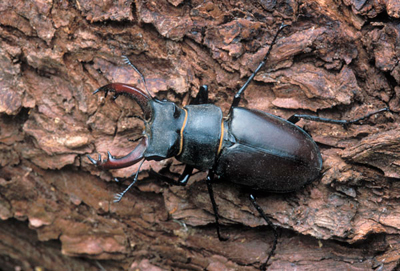Close-up equipment is virtually essential for photographing insects. A macro lens with a focal length of 105mm or more, and a maximum reproduction ratio of 1:1 or 1:2, is necessary to achieve full-frame images of even moderately-sized insects. Extension rings can be used to extend the magnification even further. Exotic butterflies, moths and dragonflies may approach the size of a postcard, but most species are much smaller. Good light, perhaps supplemented by fill-in flash, is essential to capture the extraordinary colour, detail and texture in their wings, and care must be taken to ensure that photographic equipment does not cast unsightly shadows.
 Winged insects are all too easy to disturb, and likely to react to the slightest movement by flying away. They also tend to move frequently and rapidly, making focus and composition a considerable challenge. It therefore tends to be easier to approach them early in the morning when the temperatures are lower and the insects are more sluggish. Try visiting salt licks, and look for varieties of local plants that seem to attract flying insects. If all else fails they can be attracted to lights by night, netted and then photographed the following morning.
Winged insects are all too easy to disturb, and likely to react to the slightest movement by flying away. They also tend to move frequently and rapidly, making focus and composition a considerable challenge. It therefore tends to be easier to approach them early in the morning when the temperatures are lower and the insects are more sluggish. Try visiting salt licks, and look for varieties of local plants that seem to attract flying insects. If all else fails they can be attracted to lights by night, netted and then photographed the following morning.
Focus and depth of field are always issues when working at large reproduction ratios. Precise control of both is essential and perhaps best achieved by hand-holding the camera. Once a suitable focus distance has been set, focus can be marginally adjusted by moving the camera slightly towards or away from the subject. This is often easier than adjusting the focusing ring on the lens.
Insects that do not fly are generally easier to photograph but suitable specimens still have to be found in typical surroundings and light. Crawling insects such as beetles, and other small creatures such as arachnids, are incredibly abundant and generally easy to find. Huge numbers are present in rotting wood, leaf litter and the various micro-habitats of rainforests. However, because of their small size and proximity to the ground, it is not easy to achieve anything other than simple top down views. Try encouraging insects into raised positions where it is possible to get the camera either level with them or below them.






